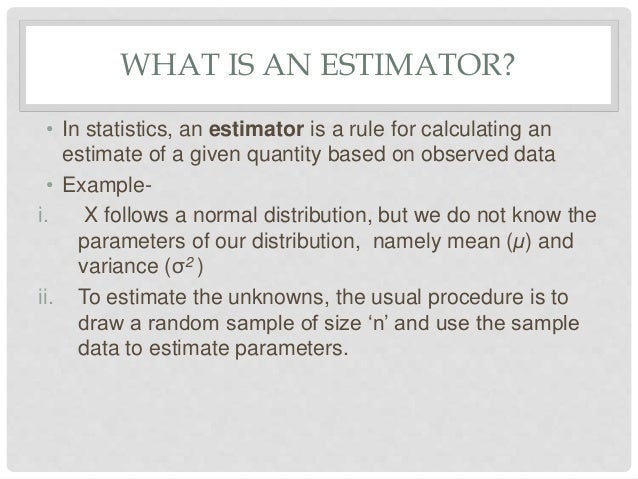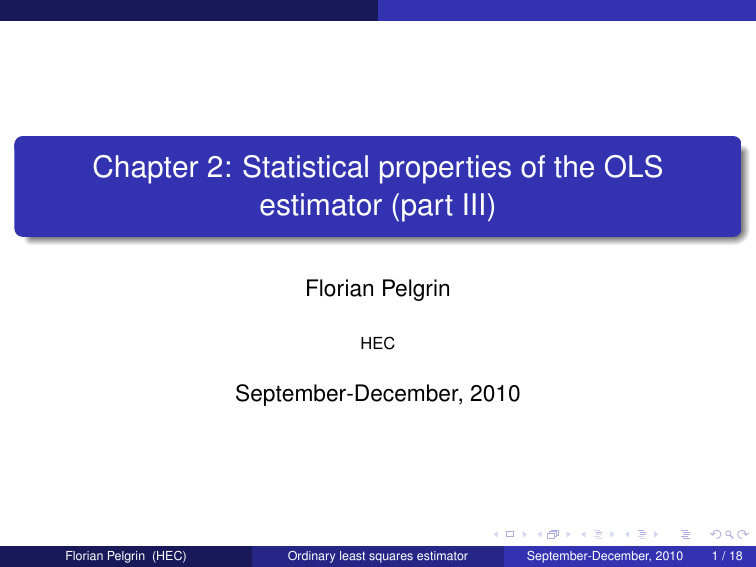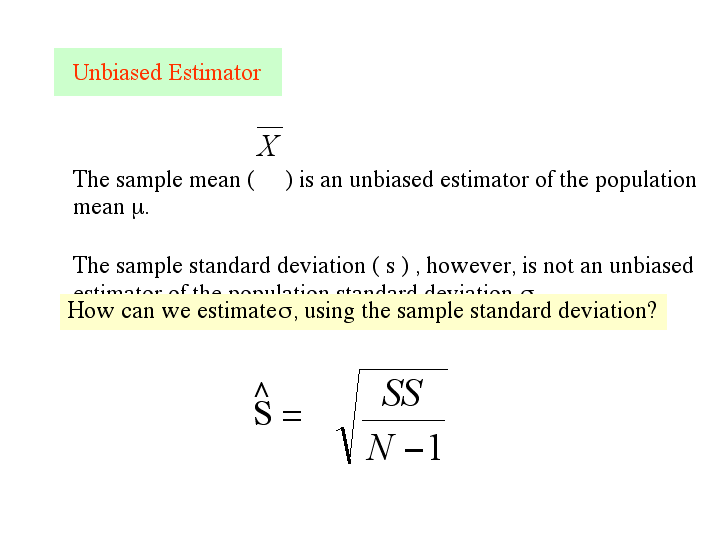About Estimator Gift Ideas Log Calculator
by Bryan
Posted on 13-08-2020 05:57 AM

Reference:
1. The naturalvue multifocal quickstart calculator is available at www.
 Naturalvuecalculator. Com, or as an app from the apple® app store® and google play™. Google play and the google play logo are trademarks of google inc. Apple and the apple logo are trademarks of apple inc. , registered in the u. S. And other countries. App store is a service mark of apple inc.
Naturalvuecalculator. Com, or as an app from the apple® app store® and google play™. Google play and the google play logo are trademarks of google inc. Apple and the apple logo are trademarks of apple inc. , registered in the u. S. And other countries. App store is a service mark of apple inc.
So what can this calculator be used for? well first you need to understand a little more about the natural log to be able to use it properly. We’ve gone into some detail above, but lets dig a little deeper. Ln(x) is equal to the inverse of e^x. Log for that matter if the inverse of base ^x. Intuitively. This can be explained as the time it take to reach a certain level of growth, which is one use for this.
The ln calculator is used to determine the natural logarithm of a number. It uses simple formulas in performing the calculations. It has a single text field where you enter the ln value. Mostly, the natural logarithm of x is expressed as; ‘ln x’ and ‘logex’. They are commonly used in some of the scientific contexts and several other programming languages. The logarithm to the base ‘e’ is the natural logarithm and is approximately equivalent to euler’s number, 2. 718281828.
Natural gas costs compiled from:
Our rates are regulated by the california public utilities commission, or cpuc, based on three components:
procurement costs – the cost of the natural gas itself
transportation costs – the cost of natural gas delivery
public purpose surcharge – the cost to fund natural gas-related programs
overall, about 92% of your bill goes toward products and services provided to you essentially at cost, with the remaining eight percent going toward a return on socalgas’ investment in the gas system.

Compare natural gas to other energy sources and see how much you can save on annual heating costs. Check out the calculators below. Natural gas vs. Oil natural gas vs. Electric natural gas vs. Propane.
Natural Logarithm Calculator ln
The natural logarithm of x is the base e logarithm of x:
ln x = loge x = y.

The natural logarithm is the logarithm to the base e (euler's number, approximately equal to 2. 718281828). It is generally written as ln(x), loge(x) or sometimes, if the base of e is implicit, as simply log(x). It is often used in mathematical analysis, physics, chemistry, statistics, economics, and some engineering fields.
The natural log is the inverse of $e$, a fancy term for opposite. Speaking of fancy, the latin name is logarithmus naturali, giving the abbreviation ln. Now what does this inverse or opposite stuff mean? $e^x$ lets us plug in time and get growth. $\ln(x)$ lets us plug in growth and get the time it would take.
The natural log is the logarithm to the base of the number e and is the inverse function of an exponential function. Natural logarithm is particular case of logarithms and is typically used in solving time, growth/decay problems. The number 'e' is an irrational constant approximately equal to 2. 718281828459. The natural logarithm of x is generally written as ln(x) or logex.
Natural Gas Royalty Estimate
Enter your royalty rate as a decimal number between 0 and 100. (the royalty rate should be in your lease agreement. It is the share of gas produced from the well that you will be paid for. Enter 12. 5 for a royalty rate of 12. 5% or 1/8)
enter the wellhead price of natural gas in dollars per thousand cubic feet or mcf. Enter the amount as a decimal number. (example: if the price is $4. 29 per mcf, enter 4.
 29) (you can view united states monthly average wellhead prices on the department of energy website. The wellhead price in your area can be higher than or lower than this national average. ) more information about natural gas prices.
29) (you can view united states monthly average wellhead prices on the department of energy website. The wellhead price in your area can be higher than or lower than this national average. ) more information about natural gas prices.
The energy end-use consumption tables for the 2012 cbecs detailed tables e1-e11 provide estimates of the amount of electricity, natural gas, fuel oil, and district heat used for ten end uses: space heating, cooling, ventilation, water heating, lighting, cooking, refrigeration, computing (including servers), office equipment, and other uses. Although details vary by energy source, there are three basic steps in the end-use estimation process:.
According to gerhardt-owens (1970), average natural gas estimated by stephens and spencer is considered to be 84. 3% methane, 14. 4% ethane, 0. 5% carbon dioxide, and 0. 8% nitrogen. However, many natural gas wells have produced almost pure methane (99%). Others have produced up to 88% ethane, 42% propane, 99% nitrogen, and 91% carbon dioxide. Using the accompanying average gas chart (figure 5-11) is completely satisfactory is most cases.
The u. S. Energy information administration estimates in the annual energy outlook 2020 that as of january 1, 2018, there were about 2,828. 8 trillion cubic feet (tcf) of technically recoverable resources (trr) of dry natural gas in the united states. Assuming the same annual rate of u. S. Dry natural gas production in 2018 of about 30. 6 tcf, the united states has enough dry natural gas to last about 92 years. The actual number of years the trr will last depends on the actual amount of dry natural gas produced and on changes in natural gas trr in future years.
We estimate that the aggregate demand for u. S. Natural gas (consumption + exports) totaled around 617 bcf (or 88. 1 bcf/d) for the week ending august 7 (-4. 6 bcf/d w-o-w (week over week) and -4. 7 bcf/d y-o-y (year over year)). The deviation from the norm remained positive but declined from +10. 1 bcf/d to +6. 5 bcf/d.
According to the estimize crowdsourcing website, market participants expected the fifth consecutive decline in natural gas injections at around the 32 billion cubic feet level for the week ending on july 24. Source: eia as the chart highlights, the injection came in slightly below the consensus estimate at 26 bcf. Total stockpiles stood at 3. 241 trillion cubic feet at the end of last week, 23. 9% above last year's level, and 15. 3% over the five-year average for late july. The percentage above last year's level declined for the eighteen-consecutive week. A decline in production was the likely reason for the low injection level. As of friday, july 24, baker hughes reported that the number of natural gas rigs operating in the us stood at 68, three lower than the previous week, and 101 below the level last year.
Why use an electric bill estimator?
People look for tools and tips to help them plan and budget for future utility bills. Utility cost calculators can also help customers see if they are paying more or less than the average consumer.
The reliant bill estimator® calculates only your potential electricity bill, not other utilities like gas or water. If we have enough historical information on the address you enter, we will calculate your estimated monthly electricity bill based on past usage at that address, starting with a 10 cent per kwh price. From there, you can enter the amount you pay per kwh — or the per kwh rate as listed on the site where you are shopping for electricity — and recalculate your estimated monthly costs.
Bias of an gift for an estimator coffee mug estimator estimator gift
This article is about bias of statistical estimators. For other uses in statistics, see bias (statistics). For other uses of the word bias, see bias (disambiguation). Difference between an estimator present ideas estimator mug gift gift for an estimator 's expected value from a parameter's true value in statistics , the bias (or bias function) of an estimator is the difference between this estimator's expected value and the true value of the parameter being estimated. An estimator or decision rule with zero bias is called unbiased. In statistics, "bias" is an objective property of an estimator. Bias can also be measured with respect to the median , rather than the mean (expected value), in which case one distinguishes median-unbiased from the usual mean-unbiasedness property. Bias is related to consistency in that consistent estimators are convergent and asymptotically unbiased (hence converge to the correct value as the number of data points grows arbitrarily large), though individual estimators in a consistent sequence may be biased (so long as the bias converges to zero); see bias versus consistency.
The bias of a point estimator is defined as the difference between the expected value expected valueexpected value (also known as ev, expectation, average, or mean value) is a long-run average value of random variables. The expected value also indicates of the estimator and the value of the parameter being estimated. When the estimated value of the parameter and the value of the parameter being estimated are equal, the estimator is considered unbiased.
Suppose now that we have an unknown real parameter \(\theta\) taking values in a parameter space \(t \subseteq \r\). A real-valued statistic \(u = u(\bs{x})\) that is used to estimate \(\theta\) is called, appropriately enough, an thus, for an unbiased estimator, the expected value of the estimator is the parameter being estimated, clearly a desirable property. On the other hand, a positively biased estimator overestimates the parameter, on average, while a negatively biased estimator underestimates the parameter on average. Our definitions of negative and positive bias are weak in the sense that the weak inequalities \(\le\) and \(\ge\) are used. There are corresponding strong definitions, of course, using the strong inequalities \(\lt\) and \(\gt\). Note, however, that none of these definitions may apply. For example, it might be the case that \(\bias(u) \lt 0\) for some \(\theta \in t\), \(\bias(u) = 0\) for other \(\theta \in t\), and \(\bias(u) \gt 0\) for yet other \(\theta \in t\).
If you look at the regression equation, you will find an error term associated with the regression equation that is estimated. This makes the dependent variable also random. If an estimator uses the dependent variable, then that estimator would also be a random number. Therefore, before describing what unbiasedness is, it is important to mention that unbiasedness property is a property of the estimator and not of any sample.
One of the goals of inferential statistics is to estimate unknown population parameters. This estimation is performed by constructing confidence intervals from statistical samples. One question becomes, “how good of an estimator do we have?†in other words, “how accurate is our statistical process, in the long run, of estimating our population parameter. One way to determine the value of an estimator is to consider if it is unbiased. This analysis requires us to find the expected value of our statistic.
Have a Lush Green Lawn, Naturally, and With Fewer Weeds
Naturalawn of america pioneered the breakthrough into environmentally responsible lawn care. We believe it's our responsibility to educate homeowners and commercial users alike—rather than simply sell products—because the truth is that the picture-perfect, weed-free, insect-free lawn is a myth that endorses unnecessary and irresponsible pesticide use. At naturalawn of america, our environmentally friendly approach to lawn care has been creating green lawns quickly, more naturally, and with fewer weeds since 1987.
Therms and Mcf of natural gas
Carbon dioxide emissions per therm are determined by converting million british thermal units (mmbtu) to therms, then multiplying the carbon coefficient times the fraction oxidized times the ratio of the molecular weight of carbon dioxide to carbon (44/12). 0. 1 mmbtu equals one therm (eia 2018). The average carbon coefficient of pipeline natural gas burned in 2017is 14. 43 kg carbon per mmbtu (epa 2019). The fraction oxidized to co2 is assumed to be 100 percent (ipcc 2006).
Natural gas is measured in therms or btus. A therm is a measurement of the amount of heat energy in natural gas, equal to 100,000 btus. A btu, or british thermal unit, is the quantity of heat required to raise the temperature of one pound of water by one degree fahrenheit. The current charge.
What is the Natural Logarithm?
The natural logarithm is a logarithm which uses the base e. E is an irrational number known as euler’s number and approximately equal to: e \approx 2. 71828182845904523536028747135266249775724709 (and it keeps going from there). The natural logarithm doesn’t feel very natural. However, e is a special number. Basically, the rate of change – or slope – of the equation ð‘¦=ð‘’^ð‘¥ is equal to y.
Natural gas appliance calculator
Co2 emissions (lbs/year) by using natural gas, you can save {{tonsco2|number:0}} tons of co2 annually. This is like taking {{carsoffroad|number:1}} cars off the highway or adding {{acresforest|number:1}} acres of trees. Your potential annual savings using natural gas appliances instead of alternative fuel options. {{totsave | currency}}.
ï„… residential savings calculator savings calculator we offer clean, reliable, safe and affordable energy to more than 53,000 families, businesses, and institutions. Use our savings calculator to find out how much money you can save by making the switch to natural gas.
Select an appliance category using the navigation tiles on the left. Yellow tiles indicate electric appliances, blue tiles indicate natural gas. Use drop-down menus, where available, to refine your appliance selection. Input requested information for each appliance. Some fields contain default values which you can change, if needed, to match your home.
This calculator is designed to calculate the flow or pressure drop in gas pipelines and gas distribution networks. You can use the calculator for flow rate and pressure drop calculation in a constant diameter, natural gas pipeline. The calculator enables calculation when natural gas is considered as a compressible or incompressible fluid.
Note: to reach this maximum weight, you will have to have to be strict about your nutrition and be willing to do 5-7 hours of hardcore weight lifting per week. Some maximum muscle prediction calculators use the correlation of wrist size and ankle size of past bodybuilders to predict the limits of natural muscularity, my approach is different. I use the research published in clin j sport med. 1995 oct;5(4):223-8 which uses the fat free mass index (ffmi) to determine the upper bounds on your natural muscularity. Here is the forumula for ffmi:.
Search
Categories
- Songwriter
- Resident Care
- Retirement
- Runner
- Sailor
- Helmsman
- Grammar Police
- Flight Attendant
- Fisher
- Entertainer
- Editor
- Daily Nutritinionist Facts
- Cyber Security
- Crusader
- Criminology
- Coworker
- Clinical Specialist
- Clinical
- Optometrist
- Logistician
- Magistrate
- Manicurist
- Marines
- Marketer
- Occupation
- Observer
- Officer
- Oncologist
- Painter
- Lifeguard
- Infopreneur
- Nanny
- Cartographer
- Expediter
- ESL Teacher
- Comedian
- Estimator
- Flagger
- Discjokey
- Driving
- Electrologist
- Fumigator
- Erector
- Driller
- Educator
- Dressmaker
- Forensic
- Legislator
- Harvester
- Cooker
- Inspector
- Hacker
- Civil Law
- Employer
- Enologist
- Endocrinologist
- Freelancer
- Enrobing
- Fabricator
- Forecaster
- Clown
- Criminologist
- Collector
- Docent
- Concierge
- Conservator
- Digger
- Dishwasher
- Drafter
- Donor
- Controller
- Communication
- Compounder
- Civil
- Clone
- Doctor
- Cinematographer
- Chiropractor
- Rugger
- Bailbondsman
- Jailer
- Deckhand
- Bellman
- Social Worker
- Babysitter
- Reporter
- Trainer
- Agent
- Embroiderer
- Sociologist
- Pharmacist
- Paramedic
- Insurance
- Teller
- Actuary
- Bailiff
- Coordinator
- Carpenter
- Cleaner
- Academic Dean
- Judge
- Boilermaker
- Clerk
- Apprentice
- Secretary
- Author
- Embalmer
- Hiker
- Cooking
- Deputy Sheriff
- Landscaper
- Photographer
- Pediatrician
- Pilot
- Teacher
- Archivist
- Toolmaker
- Singer
- Racer
- Accounting
- Mentor
- Vice President
- Detective
- Waiter
- Florist
- Broker
- Consultant
- Geographer
- Adjuster
- Auctioneer
- Researcher
- Cardiologist
- Marketing
- Interviewer
- Custodian
- Curator
- Caretaker
- Butcher
- Martial Arts
- Ghostbuster
- Mayor
- Machinist
- Innkeeper
- Mediator
- Conductor
- Demonstrator
- Programmer
- Cabinet Maker
- Planner
- Patient
- Copywriter
- Mechanic
- Surfer
- Employee
- Tour Guide
- Fisherman
- Surveyor
- Manager
- Supervisor
- Appraiser
- Police
- Filmmaker
- Woodworker
- Lecturer
- Inventor
- Liaison Officer
- Laborer
- Translator
- Janitor
- Tailor
- Debater
- Climber
- Politician
- Journalist
- Dietitian
- Firefighter
- Adjudicator
- Producer
- Housekeeper
- Entrepreneur
- Bartender
- Barista
- Hairstylist
- Banker
- Baker
- Electrician
- Therapist
- Astronaut
- Professor
- Architect
- Announcer
- Veterinarian
- Scientist
- Investigator
- Dispatcher
- Creative Writing
- Engineer
- Librarian
- Wanker
- Psychology
- Lieutenant
- Realtor
- Pastor
- Biker
- Nutrition
- Dancer
- Musician
- Gardener
- Farmer
- Counselor
- Boss
- Director
- Dentist
- Lawyer
- Nurse
- Accountant
- Coach
- Advisor
- Beekeeper
- Administrator